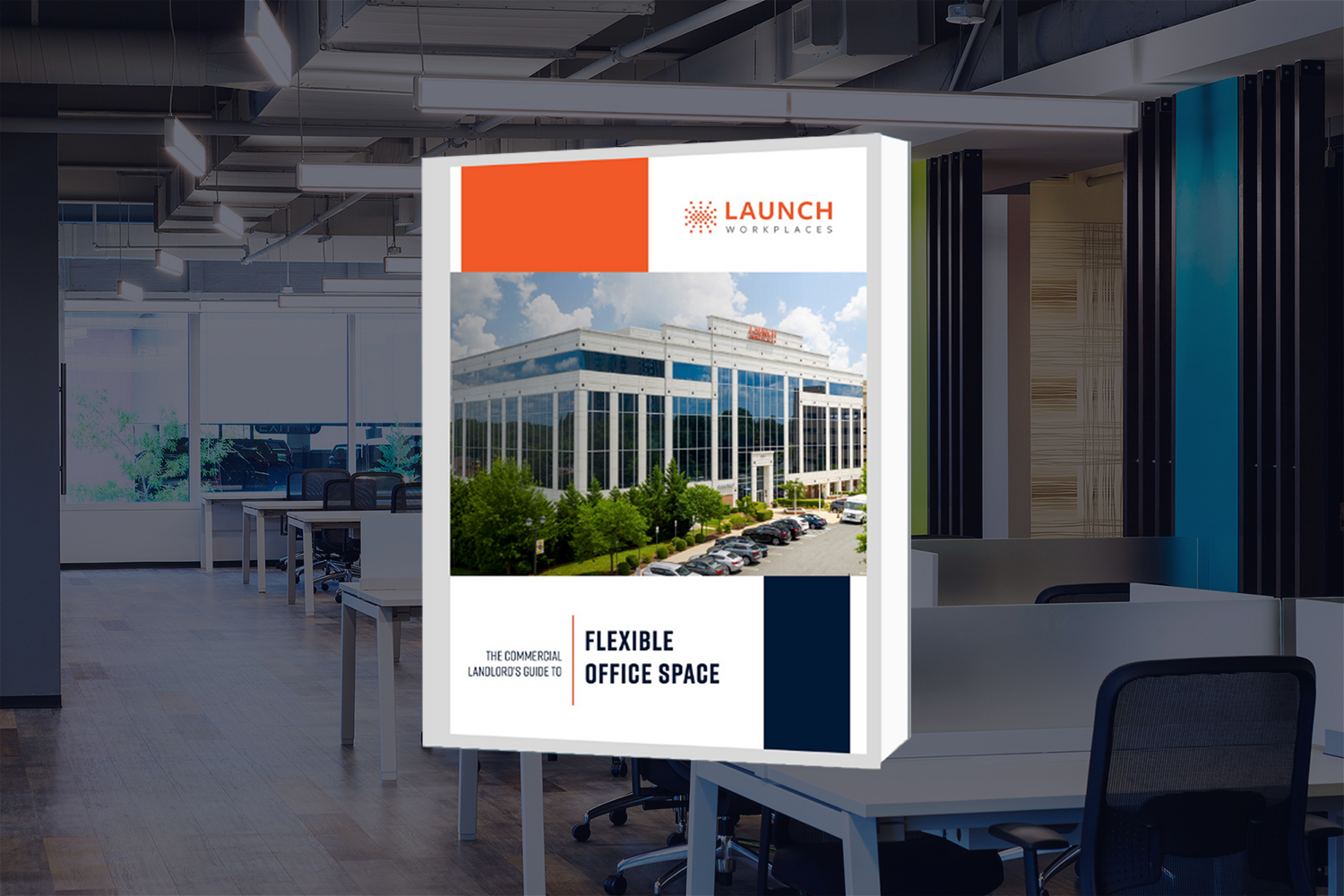A few weeks back, Launch was asked to present our concept to a commercial landlord. And there seemed to be some disappointment at the beginning of the conversation when they found out we’re not an operator that contributes capital to the buildout of the space.
This reinforced a common challenge we encounter these days: a lot of commercial landlords look at the big players in the flex office space—and their contribution of capital—and automatically assume it’s the best option for them.
But it isn’t.
Here’s why.
Contributing Capital Doesn’t Make an Operator Better
The landlord in this story is a large company that put together a flex team with the mission of figuring out what exactly this flex thing is and how they could do it.
They understood that there’s more to the flexible office market than simply leasing out space. They had done their homework and talked to a few operators, and they were motivated and educated.
But here’s where we hit a snag: the first question they asked was whether we, like one of our large competitors, contribute capital to the deal.
I told them we don’t. In fact, I explained, we contribute zero capital. And, with dejection on their faces, they asked me how that works.
My response was this: give me thirty minutes to talk about what we do and explain how our numbers looked. Then we’d come back to revisit the dejection we saw on their faces at the beginning of the meeting.
Checking the Math on Contributed Capital
As I walked through our presentation, I compared the price per square foot that the large, capital-contributing operator proposed for this landlord’s build-out—around 180 bucks—to a recent deal that Launch had done for around one-third of that price.
The reason the large operator’s cost per square foot was so high was that they were pitching the perfect space (according to their model) which would require a complete gut and rebuild, including:
- 100% demolition of existing space
- New construction of offices, conference rooms, lounges, phone booths, reception, and kitchen
- Lots and lots of glass
I explained that we don’t always pitch the perfect space. We pitch what the space that our market research dictates. There’s a huge difference.
Our process is this…
Launch shops all of the competitors in your market. We present the results that your market tells us, not what we think is right. And what we’ve found is that, in almost every case, Launch is able to work with a majority of the exiting conditions, greatly reducing the capital required to build space that the market is saying works.
Based on this analysis, we had put forward a proforma that would cost $62 per square foot, and that included:
- Construction
- Furniture
- Technology
- Pre-opening marketing budget
- Training for a community director
Our proforma included everything we would need to successfully fill this space. But that’s not even the most important math in the equation.
Looking ahead, the returns were forecasted to be incredibly positive—$14 per square foot in year two, then $23 in year three, then $30 in year four, and so on.
What this meant was that the operator would be making their money back in year four.
On the other hand, the capital-contributing operator that pitched a proforma at three times the build-out cost neglected to realize one important thing: just because you spend three times as much to build the space, it doesn’t mean you can charge three times as much for the space.
The market can dictates what you can charge, not your internal sales team.
The massive capital required by the other operator (even though they contribute some) is going to make the recovery of that capital take a whole lot longer than it would if you did a deal at a lower build-out price—one where the space isn’t necessarily perfect, but it’s good enough to meet the demands of the market.
Ultimately, just because the group that kicks in the capital is a big name brand doesn’t mean they’re better. They aren’t. They’re just bigger.
Understanding the Market is Crucial
As always, when I was getting ready to present to this landlord, I thoroughly shopped their market—nine competitors, to be exact.
What I found during my research was that the average single-person office in that market is 90 square feet, it leases for $1300 per month, and every single one of them was sold out.
So, what does logic dictate that this landlord should put into their building?
The market doesn’t lie to you. But the problem with these large-scale operators is that they’re contributing capital, making all these promises about filling your space in twelve months and giving you a four-times return on your investment, then being wrong later, leaving you to decide what to do with your underperforming operator.
Don’t be fooled by the luster of an operator offering to kick in a percentage of the capital upfront. Look at the facts, examine the projections, and do the math. Because ultimately, that deal might end up costing you more in the long run.
If you want to learn more about the flexible office industry, get in touch with me today. I’d be happy to talk you through the benefits it can offer you.




